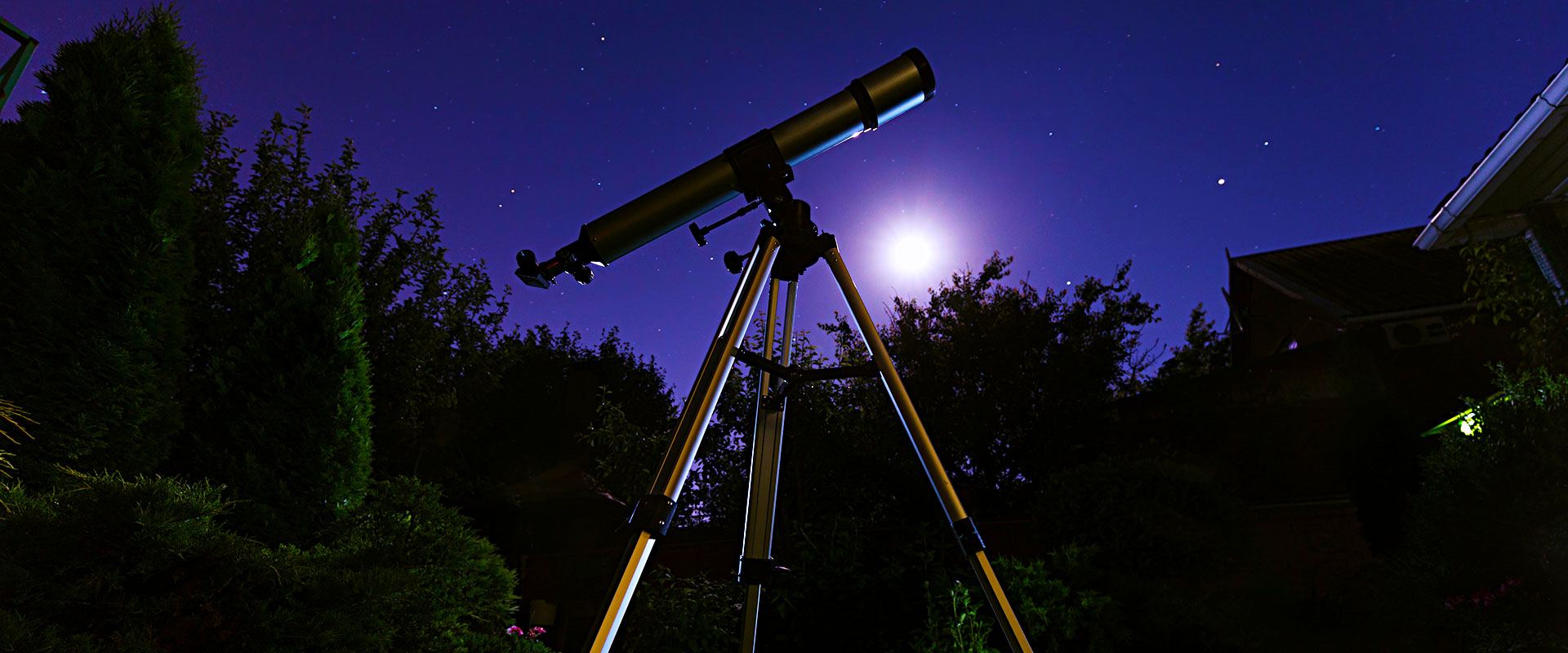Backyard Star Gazing Creating An Observing Space

Are you interested in exploring the universe, but don't know where to start? Look no further! Astronomy's Space & Beyond Box has all the information you need to get started with backyard astronomy.
How To:
The first thing you'll need when exploring the sky is a good telescope. You don't have to spend a lot of money, but it's important to get a good one that will last. Make sure to read reviews before purchasing, and also ask around to see if anyone you know has any recommendations.
Once you have a telescope, it's important to set it up correctly. You may need to adjust the focus, collimation, and other settings for optimal viewing. Don't worry though, the instructions that come with the telescope should be helpful.
When it comes to viewing, it's important to have clear skies. Try to pick a night with little to no cloud cover, and avoid areas with too much light pollution. You may also want to consider using filters to help reduce glare and enhance certain features.
Tips & Tricks:
If you're just starting out with backyard astronomy, it can be helpful to use a star chart or app to help you identify different celestial bodies. Keep in mind that stars and other objects will move over time, so it's important to continuously update your chart or app as you observe.
Another tip is to start with the moon. It's one of the easiest objects to observe, and there are plenty of features to explore. You can even use binoculars if you don't have a telescope.
If you want to explore deeper into the universe, try looking for clusters or galaxies. These objects can be more challenging to find, but the payoff can be worth it. Don't forget to be patient and take your time, even experienced astronomers can spend hours searching for just one object.
FAQ:
Q: What can I expect to see with a telescope?
A: With a telescope, you can expect to see planets, stars, the moon, and other celestial objects. Depending on the telescope you have and your location, you may also be able to see clusters and galaxies.
Q: Do I need a special camera to take pictures of what I see?
A: No, you don't need a special camera to take pictures of what you see. Many smartphones are equipped with cameras that can capture decent images of celestial bodies. However, if you want to take high-quality images, you may want to consider investing in a dedicated astrophotography camera.
Q: How do I know which telescope is right for me?
A: The right telescope for you will depend on your needs and budget. Consider factors such as portability, ease of use, and the type of objects you want to observe. Do your research, read reviews, and ask questions before making a purchase.
Remember, the universe is vast and full of wonder. With a little patience and determination, you can unlock its secrets and experience the beauty of backyard astronomy.


Post a Comment for "Backyard Star Gazing Creating An Observing Space"